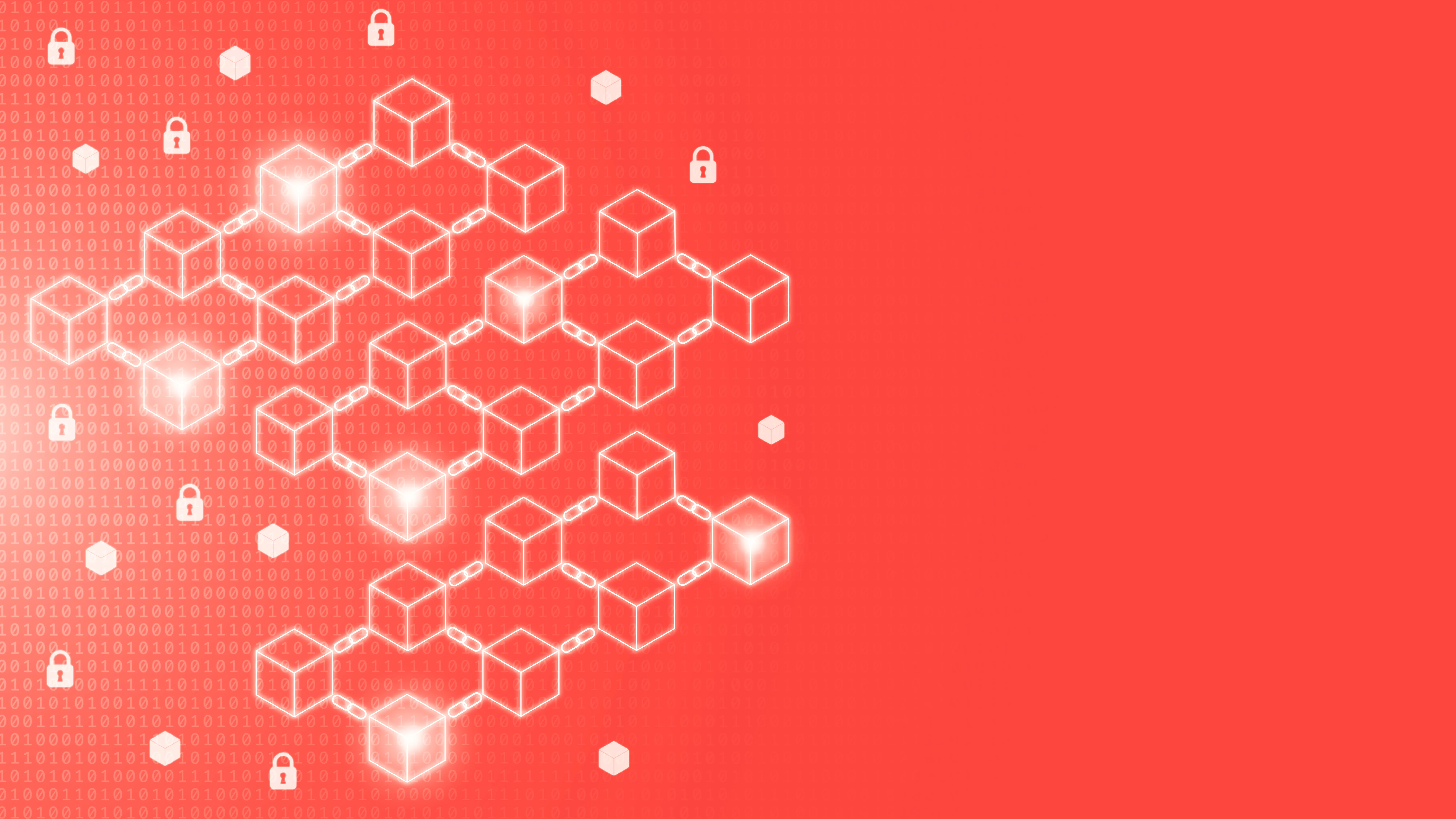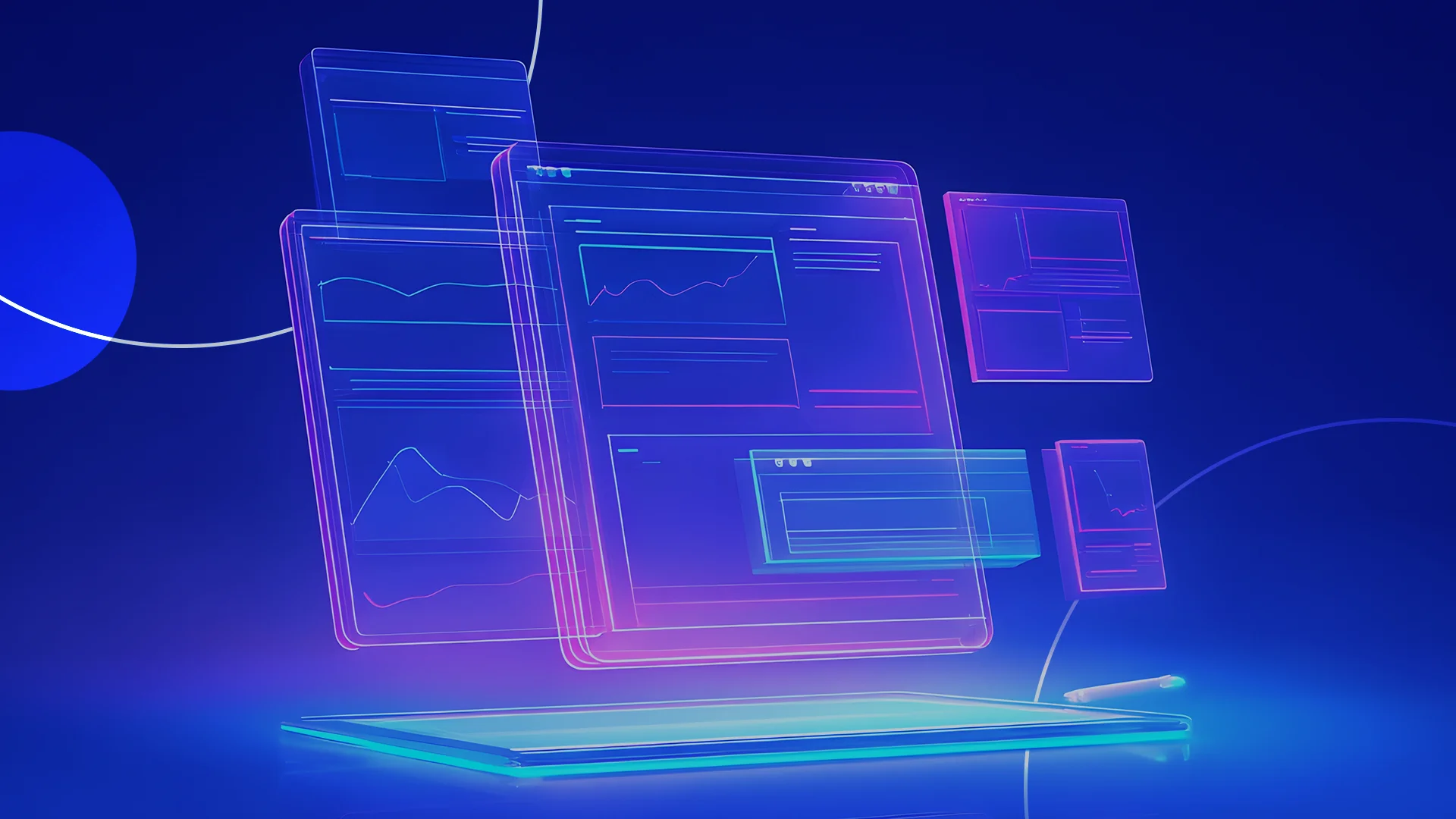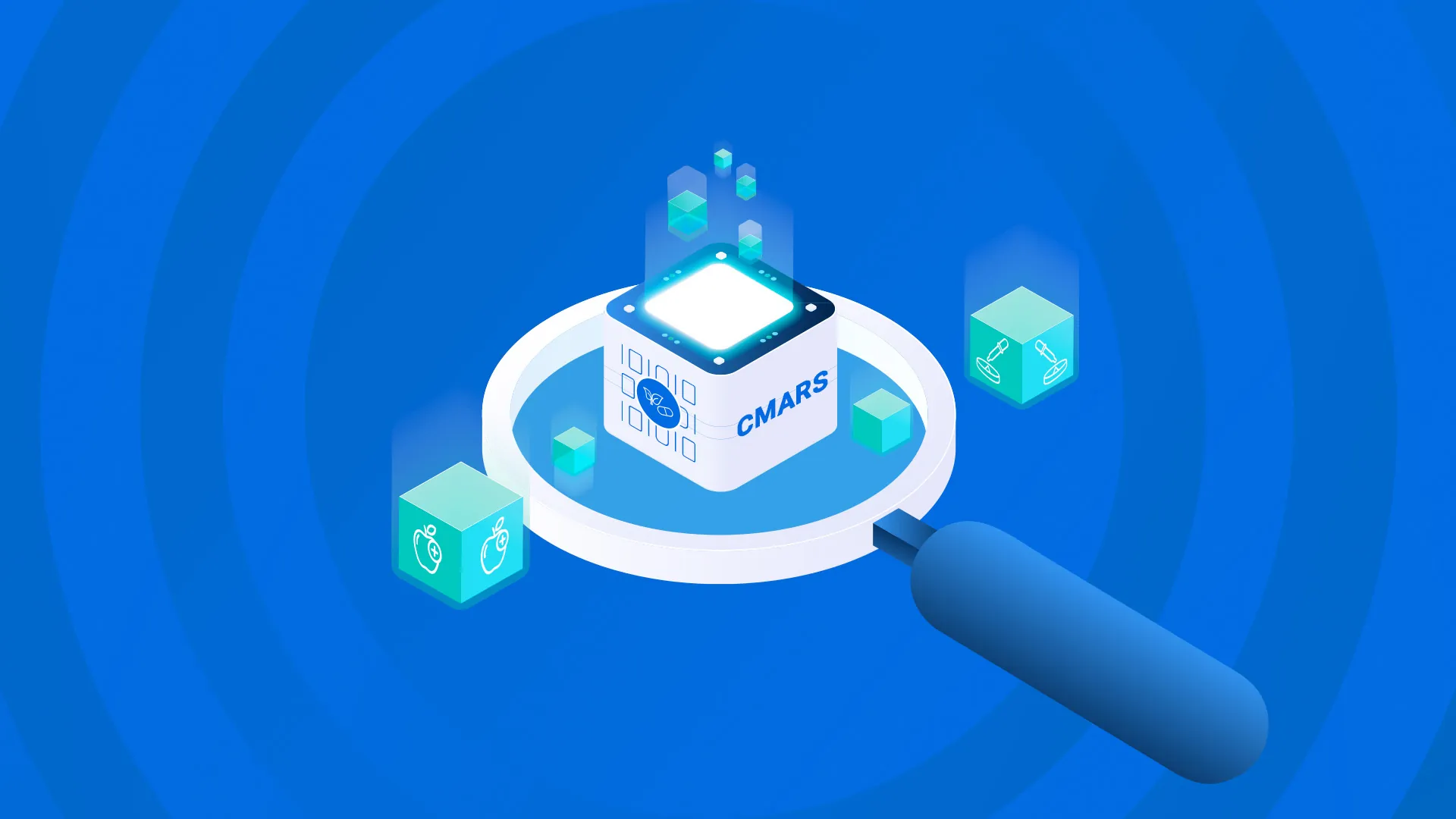By: Rujuta Waknis, Vice President of Digital Solutions
Blockchain technology has been slowly but surely gaining momentum in the commercial sector — especially in the widespread cryptocurrency market, as described in our Blockchain Blog Series: Part I, “Blockchain—More than just bits of coins.” But blockchain’s security, transparency, decentralization, and efficiency also offer significant benefits in the public sector.
Despite the hype, blockchain isn’t a silver bullet for the public sector’s many technology challenges. However, for the right business problem and with the right use case, blockchain can provide impressive improvements in security, operations, and transparency.
Several public agencies are moving their e-government initiatives to the next generation. Although many governments offer online public services, a majority are currently providing virtual portals to initiate offline public services. Digital government, however, provides user-centered, agile, and innovative services to citizens in real time. Blockchain can serve as an infrastructure linchpin to ensure a digital government’s secure, immutable, and transparent operations.
In this blog, we examine the exploration and smart adoption of blockchain technology in solving specific problems for governments across the world. Our next blog will focus on the use case of blockchain in REI Systems’ proof of concept project for grants management.
Health records
Estonia is one of the most digitally progressive countries in the world, offering more than 2,500 digital transactions to interact with the government — including digital transnational proof of identity and online voting. In Estonia, 99% of citizens have a digital ID card, which 70% of them use regularly. And 99% of the government’s services are available online.
After a large cyberattack in 2007, Estonia decided to focus on a cybersecurity strategy that included blockchain technology for additional security and privacy. In 2016, Estonia chose blockchain technology to secure and document the health records of its 1.3 million citizens. Using this technology has allowed the country to easily and economically share data across multiple health providers in real time, preserve the data’s integrity, and reduce the risks of critical health data being hacked. Health data includes recent appointments, doctors’ notes, diagnoses, prescriptions, allergies, and other relevant information. All doctors are mandated by law to post health data to the online health record. Only authorized health professionals may access key elements of that data when required. Each citizen has full access to their own data and can see who has access to it — and can manage that access if needed.
By making blockchain a part of the health record infrastructure, Estonia has created sufficiently strong controls over ownership of and access to its citizens’ health records. This secure digitization provides many benefits. Most important, doctors have a full understanding of each patient’s medical history. Citizens can receive prescription medicines without having to physically see a doctor, which saves time in acquiring necessary medicine. Doctors have access to all the relevant data to allow them to issue needed prescriptions online. In many parts of the world, doctors must treat patients blindly without understanding their full medical history.
When emergencies requiring an ambulance occur, the health record system provides valuable information about the patient. Health forms can be generated with more complete information, thus saving critical time — and often patients’ lives.
Estonia has now initiated pilot efforts to analyze the country’s comprehensive health records to predict diseases such as cancer and cardiovascular diseases. The security of blockchain technology is allowing Estonia to move the needle to personalize health care and transition from simply curative to more preventative medicine.
Federal grant obligations and payments
Federal grants represent a significant portion of the U.S. government’s annual spending, with over $1 trillion issued in fiscal year 2022. Managing those grants is quite complex, with thousands of grant programs and hundreds of thousands of grant recipients.
The Department of the Treasury’s Bureau of the Fiscal Service (BFS) is currently testing blockchain technology to “tokenize” grant payments. The BFS’s proof of concept involves combining the grant award data (the total amount promised) with data about each payment made under the overall grant. It then tokenizes (digitally represents) each transaction, providing real-time insights into how the grant funds were drawn down or paid.
Using blockchain technology to tokenize payments could improve transparency, reduce duplication in payment request data entry, and decrease financial reporting burdens. BFS is exploring the logistical and legal aspects involved in making this process a reality.
The annual Grants Management Survey — conducted by REI Systems, the National Grants Management Association (NGMA), and George Washington University — has found that grants managers spend about 40% of their time on compliance. Beyond payments to recipients and sub-recipients, blockchain technology could also be used to track grant dollars from the federal government, through pass-through entities or primary recipients (e.g., a state agency), to one or more sub-recipients (e.g., a local government or a non-profit entity). Taking that concept a step further, blockchain can be used for smart contracting (see “Blockchain—More than just bits of coins”), where a secure digital instrument is used for contract award, performance verification, and payment for services rendered. Smart contracts for grant awards would reduce the burden for multiple types of reports, such as financial reports, performance reports, and progress reports. Using a single distributed ledger with every associated grant transaction would also provide significantly higher transparency and visibility for funds allocation and usage by all those involved in executing the grants and improving the objectives.
This approach is currently being explored through a project facilitated by MITRE, involving REI Systems, Coral Blockchain, Cloudocracy, and other firms. An overview of the project and its objectives can be found in “Demonstrating the Future of Grants Management.” This demonstration provided an opportunity to create a distributed grants ledger and allowed multiple grants systems to connect federal, state, and local governments; institutions of higher education; and community-based organizations.
Our next blog will share the details of our demonstration project, what we learned, and the benefits of visibility, transparency, and productivity to grants managers and stakeholders.
Although the technology is being tested for federal services, some organizational, legislative, and policy changes for grants management may also be required to tap into blockchain’s true potential. For example, alignment around the level of detail required for payment submissions and eliminating manual reviews of items that can be processed by smart contracts would require consensus agreement to change current processes.
Asset ownership and transactions
European governments are increasingly looking at leveraging blockchain technology to interact with their citizens. Using blockchain to create administrative registries for property and assets is an increasingly frequent application of the technology.
In 2016, the Republic of Georgia’s National Agency of Public Registry (NAPR) commissioned the world’s first blockchain-based land registry system. Using the Exonum blockchain platform, NAPR was able to successfully automate a time-consuming administrative process while increasing citizens’ trust and enhancing data security.
Once NAPR issues the digital ownership document, the document is converted to a secure hash and stored in the blockchain in under three minutes. This speeds up the registration process significantly. In addition, storing land ownership records in an unalterable, secure, and transparent blockchain platform provides landowners with ironclad proof of their ownership — which reduces the risk of fraud and the likelihood of unclear chain of title. Ownership audits can be performed in real time by authorized personnel.
The Swedish government is also exploring the use of blockchain technology for land-title recordation and transfer. In a public/private partnership with banks, consultants, and technology companies, the Swedish land registration authority has developed a blockchain-based property registration solution for real estate ownership data that eliminates administrative burden, reduces fraud, and significantly speeds up transaction processing time.
Of course, solutions that rely on blockchain to improve security, increase speed, and reduce processing costs are also made possible by the increasing acceptance of digital signatures to create a legal contract. Although the Swedish pilot was successful, it has yet to be implemented in full-scale production because of the need for legislative changes to address user identity validation. Without a strong identity management solution, mass adoption remains a challenge.
Benefit management
In the Netherlands, the government has launched more than 30 blockchain projects and trials for public services since 2016. The Dutch Blockchain Coalition, a public/private partnership, has conducted blockchain pilots around public services related to transportation, energy, safety, health care, food, and water. The Netherlands has a thriving blockchain community that is exploring practical applications in the public sector. Two examples are:
- The municipality of Groningen has been using blockchain technology for a voucher system, called Stadjerspas, for low-income residents since 2016. Users are restricted to the low-income population in the municipality and receive an annual credit in their wallet through the Stadjerspas app. The credit can be used year-round to access community swimming pools or movie theaters or an online web shop that sells tickets to local events and parks.
Although the voucher system had been around since the 1990s, the introduction of blockchain to manage the wallet has significantly improved the app’s security and privacy. Blockchain technology records all transactions and provides the municipality with monthly reports and summary invoices. More than 20,000 citizens and service providers are registered in the program, and many use it on a daily basis.
- The municipality of Emmen has pioneered a new method to motivate its residents to save and conserve energy. The new project, released in January 2022, provides an “Energy Wallet” (EnergieKnip in Dutch) where residents earn points for answering questions regarding energy-saving measures and sustainability in their homes.
The blockchain-based Energy Wallet app allows residents to participate anonymously and securely for their own home. Earned points are stored in the wallet as rewards, which residents can use to purchase energy-saving devices such as LED lamps, draft excluders, and so on. These rewards can be used at local retailers, who receive reimbursement from the municipality for participating in the program. Residents readily accepted this new initiative; the allocated points or coins hit full capacity within just 13 days of the app’s release!
Conclusion
Blockchain technology offers efficiency, privacy, immutability, and transparency in the public sector — thereby increasing the public’s trust in government functions. Multiple implementations of this technology have been built and are being used by governments all over the world. Blockchain’s trust-by-design and security-by-design attributes create value by providing improvements in security, operations, and transparency.
Smart contracts that are built in a distributed ledger will allow for a single source of truth. These contracts can be executed with agreed-upon rules and predefined event triggers. This mechanism allows for more automation, fewer errors, and better control over the execution of administrative functions.
As more use cases for blockchain technology are identified and piloted, the public sector must recognize the legislative, policy, and organizational changes necessary to increase adoption and maximize the value received. The future of blockchain in public administration is bright when approached with a thoughtful selection of business uses and careful consideration of process changes needed for adoption.




